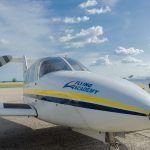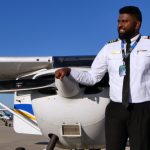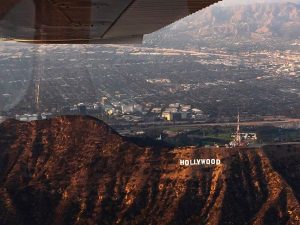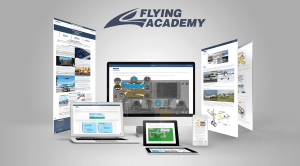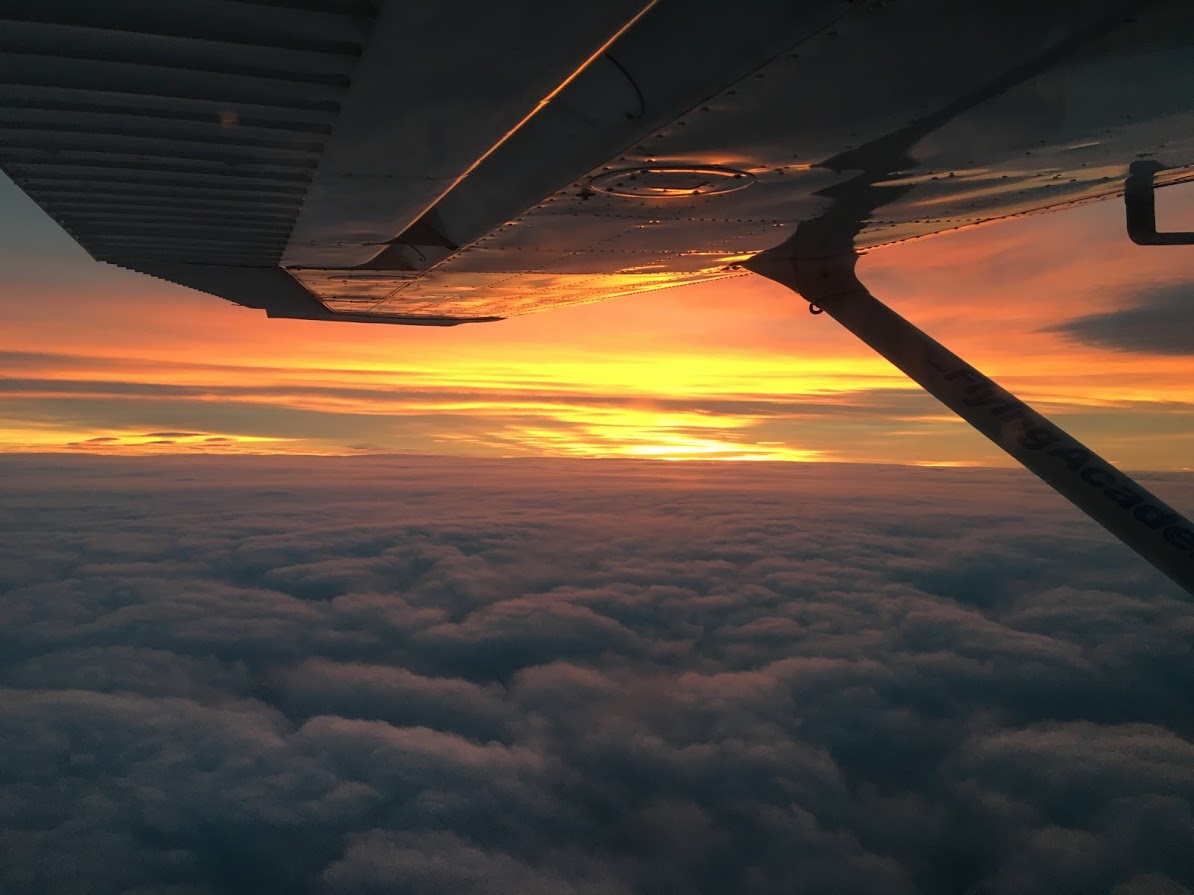
EASA Night rating [NR(A)] with Flying Academy
Aside from the fact that Night rating is required for your professional pilot license, every pilot wants to fly without being limited to daytime flying only. In order to be able to safely operate an aircraft during night and enjoy a stable atmosphere, smooth air and unforgettable views of city lights, pilots are required to complete a night ground and flight training. A pilot is required to be a holder of a EASA PPL(A) to enroll into a EASA NR(A) training. According to the training syllabus, which was designed by Flying Academy staff to ensure that all of requirements are fulfilled, the training is divided into 2 parts:
- Theoretical [ ground] training
- Practical Training.
Theoretical training
Theoretical training includes pilot’s ground preparation for night flying. When we fly during night, there are different hazards that a pilot needs to be prepared for. During ground preparation pilot gets familiar with night flying techniques, regulations and restrictions as well as illusions and hazards that he/she can encounter in a cockpit during night. By the end of a ground training a pilot is required to complete a test.
Practical Training
The practical part of a training includes a minimum of 5 hours total flight time. According to EASA.FCL.810 Night rating course shall comprise:
“at least 5 hours of flight time in the appropriate aircraft category at night, including at least 3 hours of dual instruction, including at least 1 hour of cross-country navigation with at least one dual cross- country flight of at least 50 km (27 NM) and 5 solo take-offs and 5 solo full-stop landings”
In order to meet the required experience syllabus of Flying Academy divides the flight training into 3 separate stages, which are normally fulfilled in 3 or 4 flight lessons.
During initial part of a training a pilot with a flight instructor are practicing general airplane handling, takeoffs and landings, as well as abnormal procedures. Maneuvers practiced are very close to those required during a PPL(A) skill test.
Those maneuvers are: Steep turns, flight at critically slow speed with and without flaps (flaps allow pilots to fly slower and more stable, this is why flight with flaps is practiced separately), stall prevention and recovery. In addition, pilot is required to go through recovery from upset or unusual attitude. During that part of a first flight lesson a pilot is asked to close eyes and put a head down. After it a flight instructor puts an aircraft into unusual attitude and says: “recover!”. A pilot is required to evaluate a situation and bring an airplane back to a straight and leveled flight by applying a correct procedure.
After completion of a maneuvering part a pilot proceeds for the takeoffs and landings training. During night the view of a runway from a cockpit is different, so a pilot is required to get used to a night environment and apply correct night landing techniques. Flying Academy bases are located in Brno and Ostrava international airport’s, which have all of the required facilities to provide pilots with possibility of a night training. They are a controlled airport’s with apron, taxiway and runway lights installed, making it a perfect night training area.

To receive a night qualification a pilot is required to complete 5 take offs and landings with full stop as a Pilot – in – Command (PIC). After first stage completion and successful pass of a test a pilot moves on to a second stage. A flight instructor endorses a pilot to perform a local night flight solo to meet the required night flying experience as it is stated in the regulation.
The third stage of training is a dual navigation flight. During this flight pilots perform a cross – country navigation using visual navigation techniques and radio navigation equipment. One of our top night destinations is another controlled airport of Czech Republic – Ostrava. This airport is located next to one of the major Czech cities and has beautiful airport lighting system, which makes an approach purely breathtaking.
After all of the experience requirements are fulfilled the Civil Aviation Authority of Czech Republic issues a new Private Pilot License with a Night Rating in it. NR(A) does not have a period of validity, which means a pilot has a right to act as a PIC on airplanes during night as long as his license stays valid and he/she meets recent experience in type of aeroplane or has valid IR(A) instrument rating
Night flying is challenging and requires preparation and skill, but nevertheless it gives you unique moments of pilot life and takes out the frames of time.
For more information how to enroll in Night rating please click here

